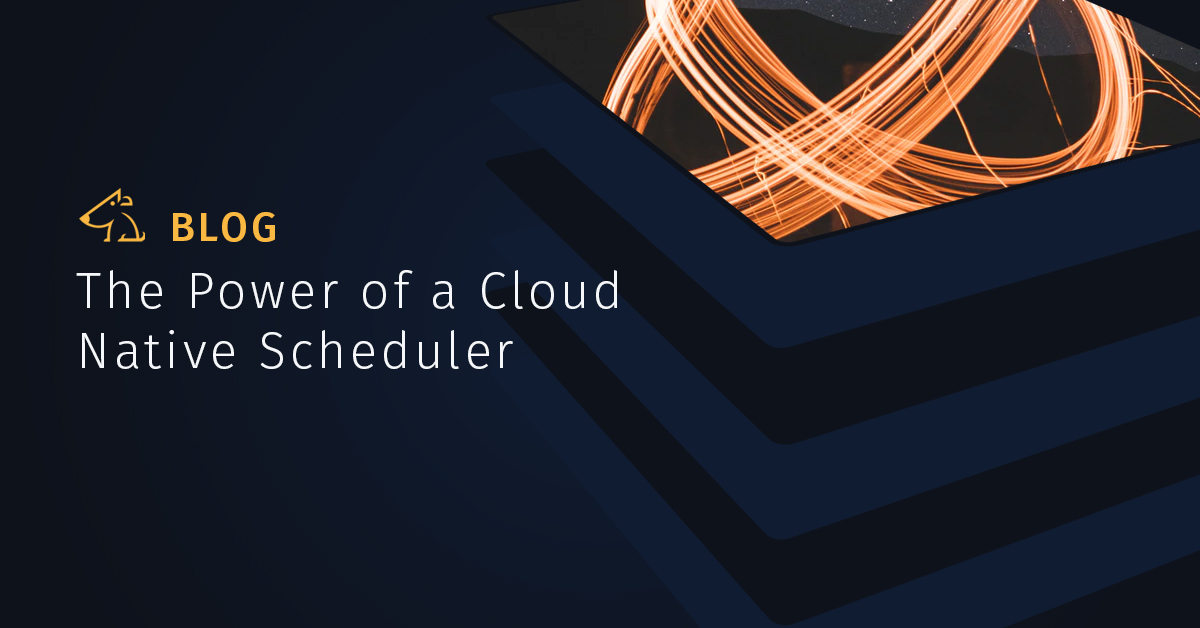This blog discusses how enterprise job schedulers can fall short in cloud environments and how they should be built from the ground up, with the cloud in mind.
Traditional Enterprise Job Schedulers
Often referred to as workload automation, enterprise job scheduling manages task execution on remote servers; resubmitting jobs when there are failures and launching jobs based on any dependencies in the sequence. Traditional enterprise job schedulers offer a graphical user interface (GUI) for this management, and have been used for a number of years for on-premise infrastructure.
Schedulers work in the background, managing multiple threads or pipelines simultaneously and require little thought or intervention. This modus operandi is possible as the number of available nodes and locations are known, and generally owned and stable. Therefore, they can merely be left to wait until work is allocated to them – organisations don’t have to fire them up, provision them or configure them, they can just use them as and when they have a job that needs to be completed.


